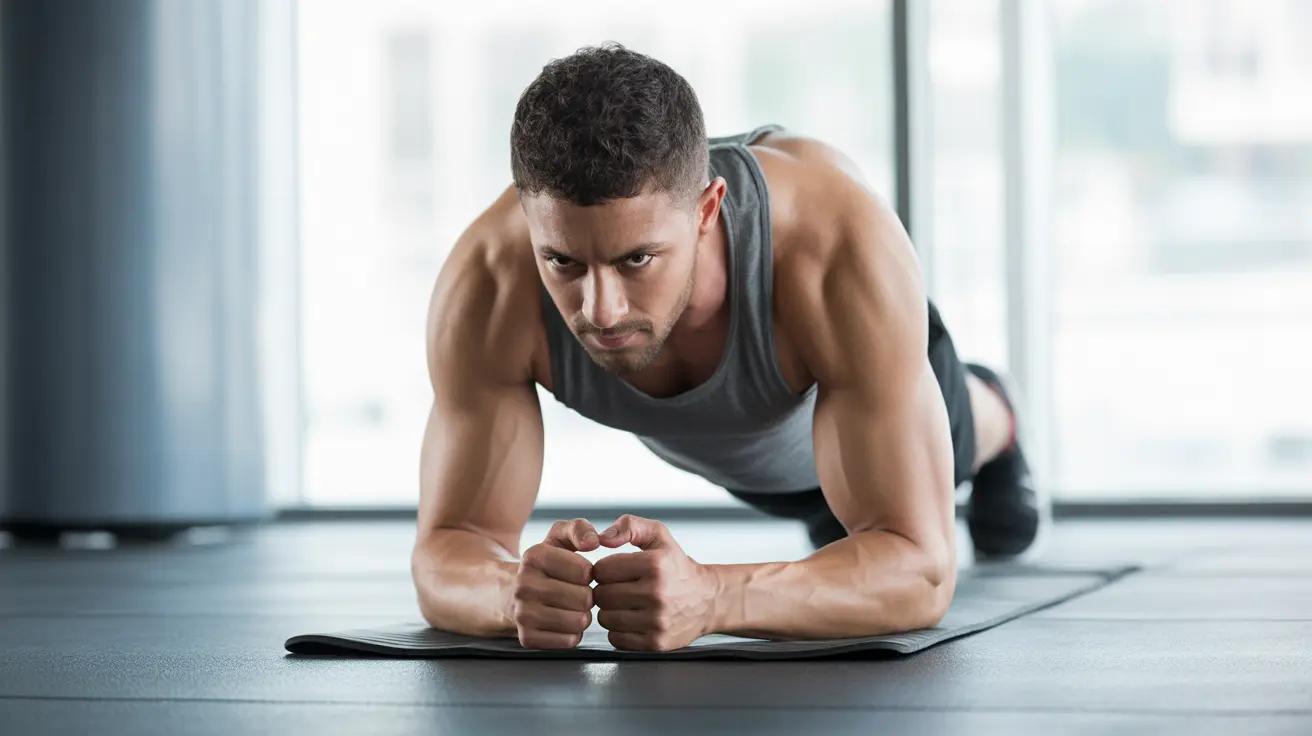The external oblique muscle plays a crucial role in your core strength and everyday movements. As one of the primary muscles in your abdominal wall, it helps you twist, bend, and maintain proper posture. Understanding how this important muscle works and how to care for it can help you prevent injury and improve your overall core stability.
Located on the sides of your abdomen, the external oblique muscles work together with other core muscles to protect your spine and internal organs while enabling various movements. Whether you're an athlete looking to enhance performance or someone seeking to maintain good posture, knowing how to properly train and protect these muscles is essential.
Understanding the External Oblique Muscle's Role
The external oblique muscle serves multiple important functions in your body's movement and stability. When you twist your torso, bend sideways, or rotate your spine, your external obliques are hard at work. These muscles also help compress your abdomen, supporting breathing and protecting your internal organs.
Working alongside other core muscles like the internal obliques and transverse abdominis, the external obliques contribute to:
- Trunk rotation and side bending
- Maintaining proper posture
- Supporting breathing mechanics
- Protecting spine stability
- Assisting in forceful exhalation
Common Causes of Oblique Muscle Pain
Pain in the external oblique muscle can occur for various reasons, ranging from acute injuries to chronic strain. Understanding these causes can help you prevent and address discomfort effectively:
- Sudden twisting movements
- Overtraining or improper exercise form
- Poor posture
- Sports injuries
- Muscle imbalances
Recognizing the source of pain early can help prevent more serious injuries and ensure proper healing.
Effective Exercises for Strengthening Obliques
To properly strengthen your external oblique muscles, focus on exercises that involve rotation and side bending movements. Always start with proper form and gradually increase intensity:
Beginner Exercises
- Russian twists
- Standing side bends
- Bird dog pose
- Side planks
Advanced Movements
- Wood chops
- Medicine ball rotations
- Cable rotations
- Side plank with rotation
Remember to warm up properly before exercising and maintain proper form throughout each movement to prevent injury.
Safe Training Guidelines
When working to strengthen your oblique muscles, follow these important safety guidelines:
- Start with bodyweight exercises before adding resistance
- Focus on proper breathing during movements
- Maintain neutral spine alignment
- Progress gradually with weight and repetitions
- Allow adequate rest between training sessions
Frequently Asked Questions
What are the common symptoms and causes of pain in the external oblique muscle?
Common symptoms include sharp pain during twisting movements, soreness along the sides of the abdomen, and discomfort when coughing or sneezing. Primary causes include overuse, sudden movements, poor form during exercise, and muscle strains.
How can I safely strengthen my external oblique muscles to improve core stability?
Begin with basic exercises like side planks and bird dog poses, focusing on proper form. Gradually progress to more challenging movements like Russian twists and wood chops. Always maintain proper breathing and avoid jerky movements.
What exercises are most effective for targeting the external oblique muscle?
The most effective exercises include Russian twists, side planks, wood chops, and medicine ball rotations. These movements specifically target the external obliques through rotational and side-bending motions.
When should I see a doctor for persistent pain or injury in my oblique muscles?
Seek medical attention if pain persists for more than a few days, significantly limits your movement, or is accompanied by severe swelling or bruising. Also consult a healthcare provider if you experience sharp pain during normal daily activities.
How does the external oblique muscle contribute to movements like twisting and bending?
The external oblique muscle enables rotation of the trunk and side-bending movements by contracting on one or both sides. When one side contracts, it creates rotation toward the opposite side, while both sides working together help with forward bending and trunk stability.




